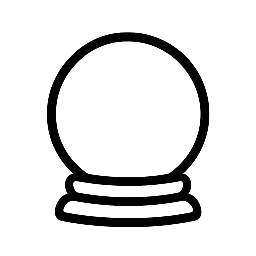Welcome to the world of Kabbalah meditation, an ancient Jewish mystical tradition that has been practiced for centuries. Kabbalah, which means “receiving” in Hebrew, is a spiritual practice that aims to help individuals connect with the divine and understand the mysteries of the universe. In this article, we will delve into the basics of Kabbalah meditation and provide a beginner’s guide to getting started with this powerful and transformative practice.
What is Kabbalah Meditation?
Kabbalah meditation is a form of meditation that is rooted in the principles of Jewish mysticism. It involves the use of various techniques, such as visualization, breathwork, and mantra recitation, to connect with the divine and access higher states of consciousness. Kabbalah meditation is based on the idea that the universe is composed of multiple layers of reality, and that by accessing these layers, individuals can gain a deeper understanding of the world and their place in it.
Key Principles of Kabbalah Meditation
There are several key principles that underlie the practice of Kabbalah meditation. These include:
- Intention: The intention to connect with the divine and access higher states of consciousness is a fundamental aspect of Kabbalah meditation.
- Visualization: Visualization is a key technique used in Kabbalah meditation, involving the creation of vivid mental images to connect with the divine and access higher states of consciousness.
- Breathwork: Breathwork is an essential component of Kabbalah meditation, involving the use of specific breathing techniques to calm the mind and access higher states of consciousness.
- Mantra recitation: The recitation of sacred mantras and prayers is a common practice in Kabbalah meditation, used to connect with the divine and access higher states of consciousness.
Getting Started with Kabbalah Meditation
If you’re interested in trying Kabbalah meditation, here are some steps to get you started:
- Find a quiet and comfortable space: Identify a quiet and comfortable space where you can sit and meditate without distractions.
- Set your intention: Clearly define your intention to connect with the divine and access higher states of consciousness.
- Choose a meditation technique: Select a meditation technique, such as visualization or breathwork, and practice it regularly.
- Use sacred mantras and prayers: Incorporate the recitation of sacred mantras and prayers into your meditation practice to connect with the divine and access higher states of consciousness.
- Be patient and consistent: Remember that Kabbalah meditation is a practice that takes time and patience to develop. Be consistent in your practice and don’t get discouraged if you don’t see immediate results.
Benefits of Kabbalah Meditation
The benefits of Kabbalah meditation are numerous and include:
- Increased sense of connection to the divine: Kabbalah meditation can help individuals develop a deeper sense of connection to the divine and the universe.
- Improved mental clarity and focus: The practice of Kabbalah meditation can improve mental clarity and focus, leading to greater productivity and success in daily life.
- Enhanced emotional well-being: Kabbalah meditation can help individuals develop greater emotional resilience and well-being, leading to a more fulfilling and joyful life.
- Increased sense of purpose and meaning: The practice of Kabbalah meditation can help individuals develop a greater sense of purpose and meaning, leading to a more directed and fulfilling life.
Conclusion
Kabbalah meditation is a powerful and transformative practice that can help individuals connect with the divine and access higher states of consciousness. By following the principles and techniques outlined in this article, beginners can get started with this ancient Jewish mystical tradition and experience the numerous benefits it has to offer. Remember to be patient and consistent in your practice, and don’t hesitate to seek guidance from experienced teachers or practitioners if you need support along the way.


Leave a Reply